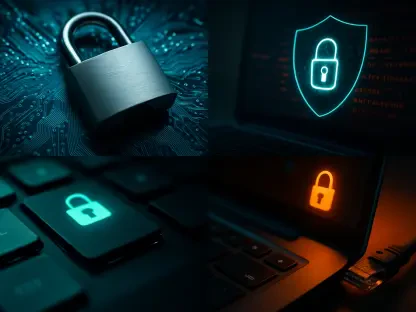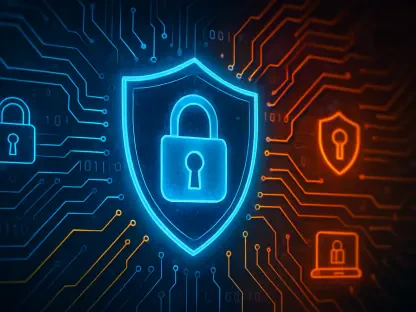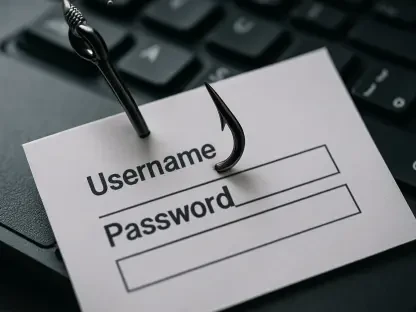Rupert Marais, our in-house Security specialist, brings extensive expertise in endpoint and device security, cybersecurity strategies, and network management. Today, we delve into the multifaceted vulnerabilities discovered in the Windows task scheduling service, a critical component frequently targeted by attackers seeking privilege escalation and log manipulation.
Can you explain the core component of the Windows task scheduling service where the vulnerabilities have been discovered?
The core component involved is “schtasks.exe,” a binary file that plays a crucial role in the Windows task scheduling service. It is designed to allow administrators to handle scheduled tasks, whether by creating, deleting, querying, changing, running, or ending them. This functionality, however, can be exploited if not properly secured, as it governs essential system operations.
What are the specific functions of “schtasks.exe”?
“Schtasks.exe” serves as a command-line utility enabling users to manage scheduled tasks on both local and remote systems. It provides the capability to automate routine jobs or maintenance tasks, but in the wrong hands, it can be used for unauthorized activities, making it a focal point for potential vulnerabilities.
What is User Account Control (UAC), and how does its bypass impact system security?
User Account Control (UAC) is a security feature designed to prevent unauthorized changes to the system by asking for administrator approval before executing tasks. A UAC bypass allows attackers to perform high-privilege operations without user consent, significantly compromising system integrity and potentially leading to unauthorized access and data breaches.
How does the vulnerability allow attackers to execute high-privilege commands without user approval?
The vulnerability arises from the ability to bypass UAC, enabling attackers to execute SYSTEM-level commands as if they were the administrator. This is achieved by exploiting weaknesses in the task scheduling service, specifically by misusing the way tasks are registered and authenticated.
What is Batch Logon, and how does it differ from Interactive Token in the context of privilege escalation?
Batch Logon is a method that involves using a password to authenticate a scheduled task, granting it elevated privileges. Unlike Interactive Token, which requires active user intervention, Batch Logon provides the maximum allowed rights to a process, often without visible user interaction, facilitating stealthier privilege escalation.
How can attackers acquire the password necessary for exploiting these vulnerabilities?
Attackers might acquire the necessary password through methods such as cracking NTLMv2 hashes or exploiting specific security flaws, like CVE-2023-21726. These methods often involve intercepting credentials during network authentication processes or leveraging existing vulnerabilities to gain access to password data.
Can you elaborate on how CVE-2023-21726 is related to these vulnerabilities?
CVE-2023-21726 highlights specific weaknesses in the authentication protocol that could be exploited to obtain passwords. By taking advantage of such vulnerabilities, attackers can bypass security measures designed to protect credential data, facilitating unauthorized task execution with elevated privileges.
What privileges can a low-privileged user impersonate using the schtasks.exe binary and a known password?
With access to the schtasks.exe binary and a correct password, a low-privileged user can impersonate higher-privilege groups such as Administrators, Backup Operators, and Performance Log Users, gaining maximum available privileges and expanding their control over the system.
How does the registration of a task using Batch Logon authentication method facilitate defense evasion techniques?
Registering a task with Batch Logon can enable defense evasion by overwriting Task Event Logs and overflowing Security Logs, obscuring evidence of malicious activities. This method employs an XML file with specific attributes to manipulate log entries and effectively erase audit trails.
What techniques are involved in overwriting Task Event Log and Security Logs?
Attackers can overwrite logs by registering tasks with lengthy and strategically crafted XML entries. This approach can replace existing log data with modified inputs, potentially deleting records of previous activity or misleading investigators through falsified log entries.
How does manipulating XML file parameters contribute to erasing audit trails?
XML file parameters can be manipulated to overwrite or flood existing logs, effectively erasing prior audit trails. This involves the use of XML entries with excessive character lengths, causing disruptions or replacements in the log entries that preserve records of system events.
Can you explain the implications of overwriting “C:\Windows\System32\winevt\logs\Security.evtx” database?
Overwriting the Security.evtx database carries significant implications, as it effectively removes records of security events, including unauthorized access attempts. This action hampers forensic investigations and leaves systems vulnerable to continuous exploitation without detection.
How has Ruben Enkaoua described the significance of these vulnerabilities?
Ruben Enkaoua has pointed out that these vulnerabilities extend beyond a mere UAC bypass. They represent a comprehensive means to impersonate users, obtain the highest granted privileges through command line interfaces, and manage complex interactions between processes and user permissions.
What does the use of CLI with /ru and /rp flags achieve in terms of task execution privileges?
Using the CLI with /ru and /rp flags allows users to specify the run user and password, directly impacting task execution privileges by granting maximum authorized rights during a session. This approach facilitates the execution of tasks with elevated credentials, bypassing standard security measures.
In your opinion, how serious are these vulnerabilities in terms of potential impact on system security?
These vulnerabilities are quite serious as they undermine foundational security protocols designed to protect against unauthorized accesses and privilege escalations. By allowing attackers to operate under high privilege levels and conceal their actions, these vulnerabilities pose a substantial risk to system security and data integrity.









